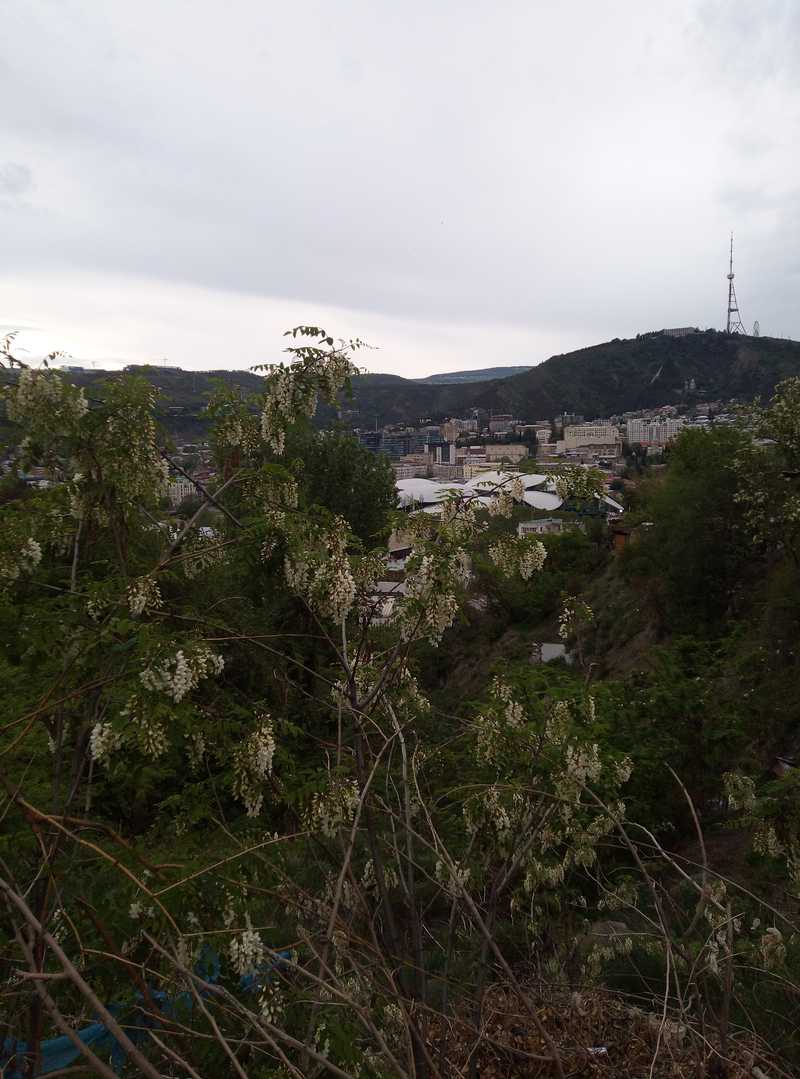Robinia pseudoacacia. Schepkinsky forest, Rostov-on-Don.
Black locust, also known as Robinia pseudoacacia, is commonly found in southern Russia. This tree blooms in May and June, forming large clusters of flowers. While most of the plant contains toxins, black locust flowers are edible. This is well-known to nearly anyone who spent their childhood in the south of Russia, yet for some reason the flowers are not used in traditional cuisine. Black locust flowers have a neutral, slightly sweet taste and are suitable for making jams, pies, and pierogi.
Cooking black locust flowers filling for pies. The league of tenders brunch, Krasnodar. Photo by Julia Shafarostova.
After you gather the flower clusters, remove the flowers from their stems and grind them up. Your harvest will shrink significantly in volume, so it is best to pick more Robinia than you think you will need. To make a sweet pie filling, mix the ground Robinia flowers with a small amount of sugar, honey, or herbal syrup; to make savory pie or pierogi filling, combine with mashed potatoes.
Robinia pseudoacacia. Vorontsovi district, Tbilisi.
Minced black locust flowers with sunflower oil and salt. Photo by Petr Skrypnikov.
This work was commissioned for the exhibition “I don’t know whether the Earth is spinning or not...”, curated by Francesca Altamura and Lizaveta Matveeva for the VII Moscow International Biennale for Young Art.
.jpg)



.jpg)